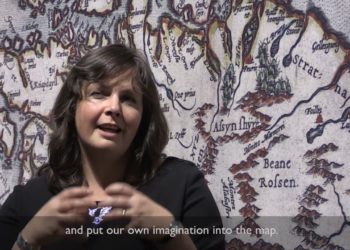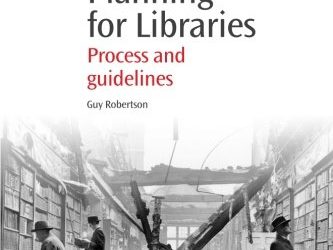Curation takes many different forms. Over the course of a career in scholarly communication, I’ve come to an appreciation for how deeply our community thinks about the long term and the permanent historical record of research. As just one example, archiving and preservation is so essential for journals that having a plan in place that ensures perpetual access to the materials is considered a key signal of legitimacy in discriminating between reputable and predatory publications.
Ensuring that perpetual access to great works takes on a different dimension in the art world, but one that still rings true. It’s perhaps not surprising that in looking back across our Scholarly Kitchen archive there are several examples of this noble work (a painting from the 1600s and a 17th century map for example). The video below offers another heartwarming tale of recovery from a heinous act. In 2012, a vandal painted over a portion of Mark Rothko’s “Black on Maroon”, one of a set of nine paintings known as the “Seagram Murals” at the Tate Modern Museum.
If you’re interested in learning more about these remarkable works of art, please see this video. Below you will see a the documentation of a different, but still remarkable piece of work, as over the course of 18 months, the painting was restored to its original condition. The process is a fascinating blend of science and art, requiring detailed understanding of the chemical composition and solubility of the painting and the vandal’s ink accompanied by hands-on skills and manipulation of materials. The process is fascinating, tense, and ultimately joyful.


